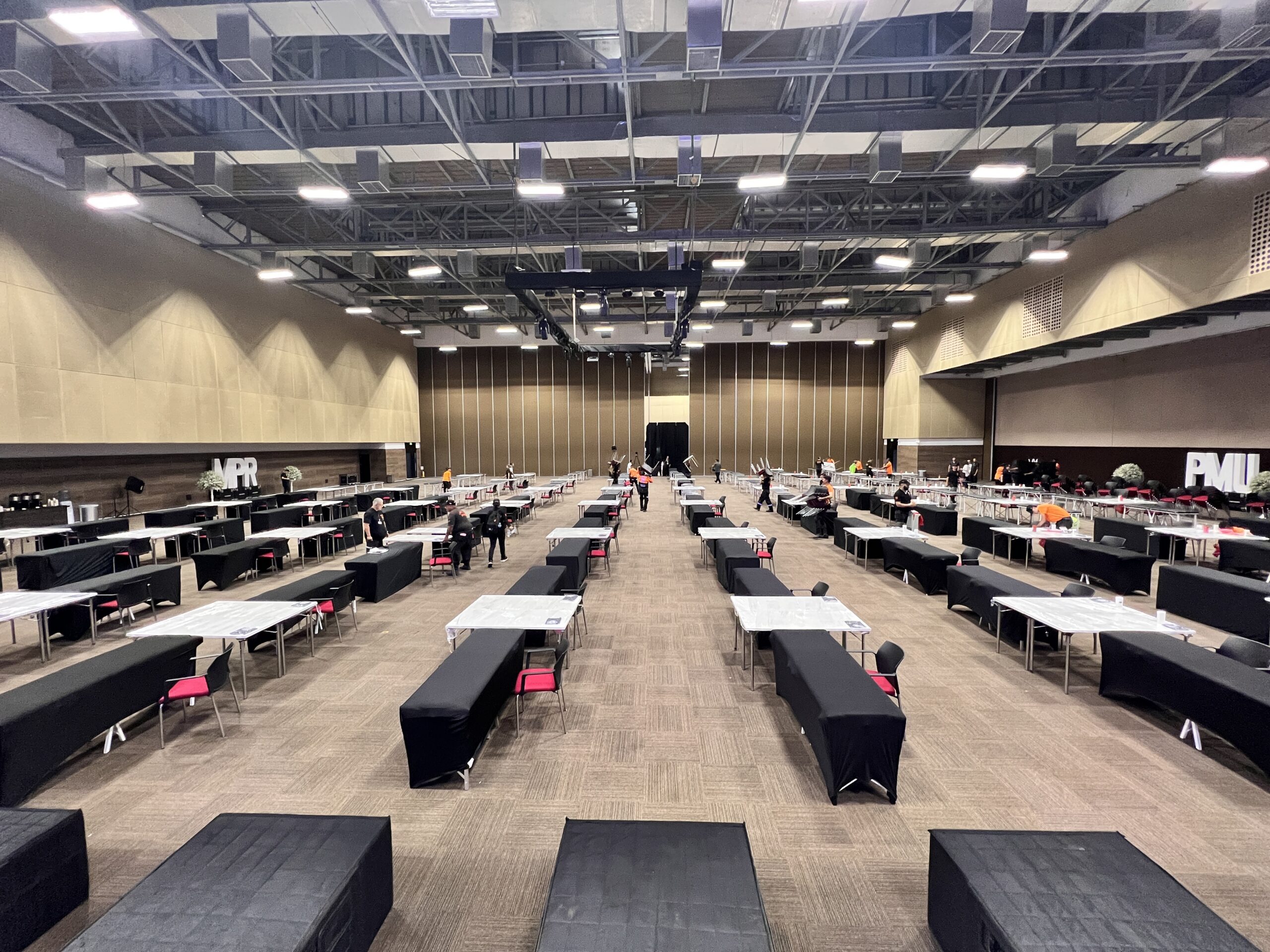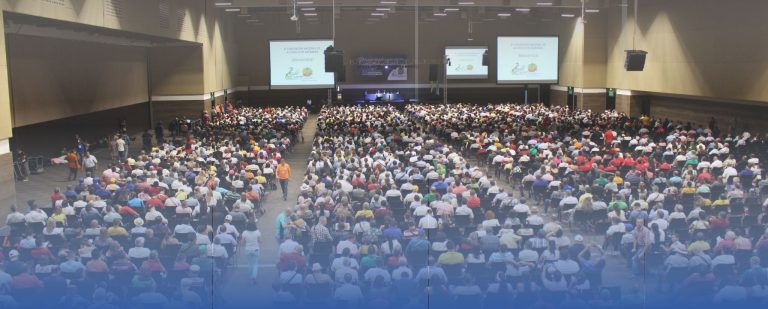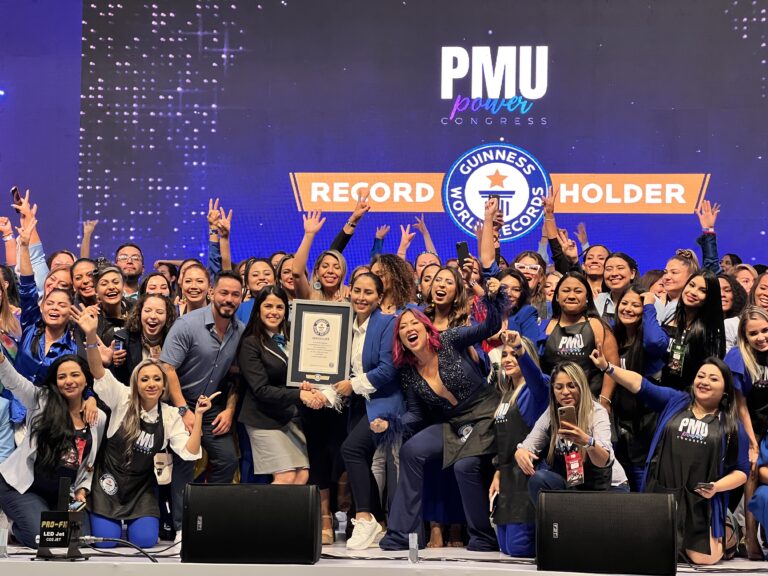One of the fundamental parts in event planning is the setup, which refers to the preparation and organization of everything necessary for the event to be successfully carried out. This includes equipment arrangement, space distribution, lighting, sound, decoration, among other aspects.
A good setup ensures that event participants can enjoy a smooth and pleasant experience, while a deficient setup could lead to technical, logistical, and security issues that negatively impact the event’s quality.
There are many types of setups that can be used for events. Some of the trends in event setups for 2023 include:
- Customized Setups: These are tailored to the specific needs of the event organizer and reflect the personality and brand of their company or organization. Additionally, the setup may change at different moments of the event, according to scheduled activities.
- Immersive Experiences: These are an effective way to engage guests and make them feel like integral parts of the event, thereby enhancing guest satisfaction. Technology and decor can be utilized to create more attractive and comfortable environments.
- Sustainability: There is a growing awareness of the environmental impact of events, leading to an increasing adoption of sustainable practices—from choosing suppliers and food selection to using environmentally friendly materials and technologies in setups.
- Technology: The incorporation of augmented reality, artificial intelligence, and other technologies can enhance the guest experience and is a growing trend in events. The setup should contribute to complementing these technological experiences.
- Comfort: Guest comfort remains a priority, with a focus on the ergonomics and comfort of chairs, tables, and the overall space layout.
These trends highlight the importance of venues and setup teams adapting to the needs and preferences of clients and attendees to ensure a satisfactory and memorable experience. In our venue, the Public Areas and Setup team is responsible for realizing client requirements for space arrangements.
Antony Gómez, Coordinator of the area, mentions that:
Over the venue’s 15 years of experience, it has been identified that planning setups for events is fundamental. The setup team must firsthand understand the event’s objectives and client expectations to effectively work on space arrangements.
At the venue, we’ve had the opportunity to challenge ourselves with setup times and styles for various events; an example of this was the PMU Congress event, where we had to modify setups at record time to meet client proposals. For this event, we moved 140 tables, stretchers, and chairs in approximately 120 minutes.
For the team, these experiences can be very rewarding yet challenging; the pressure to ensure everything is ready on time and teamwork are just some of the decisive factors during setup.
It’s increasingly common for clients to explore non-traditional setups, daring to follow trends and explore new concepts. It’s worth noting that it’s our responsibility to advise the client to ensure their experience is safe and compliant with protocols.
To choose the appropriate setup type for each event, it’s crucial to consider the number of guests, the event’s objectives, and the desired dynamics. It’s also important to be familiar with traditional setups, which always serve as a starting option. Among them, we highlight:
- Auditorium: Seats arranged facing a central stage, suitable for conferences, presentations, and recitals.
- School: Tables and chairs oriented towards the speaker, recommended for long-duration events where attendees will need to take notes.
- Banquet or Round Table: Circular table with chairs around it, facilitating informal discussion and better interaction among participants, suitable for business meetings, debates, and discussions.
- U-shape: Chairs and tables arranged in a U-shaped or straight line configuration to facilitate interaction and collaboration among participants, suitable for workshops, classes, and meetings.
- O-shape: Tables forming an O, leaving a central open space.
- Cocktail: Tables and chairs arranged in small groups to facilitate conversation and socialization among guests, suitable for receptions, cocktails, and parties.
- Exhibition or Stand Setup: Stands or displays set up in a space for companies or exhibitors to showcase their products or services to visitors.
The events industry is highly dynamic and constantly evolving, making it essential to stay updated and adaptable to new trends to offer innovative and quality experiences. Thus, the venue must be flexible and adaptive to different setup possibilities to ensure a high-quality experience and a better return on investment for organizers, as well as a unique experience for attendees.




